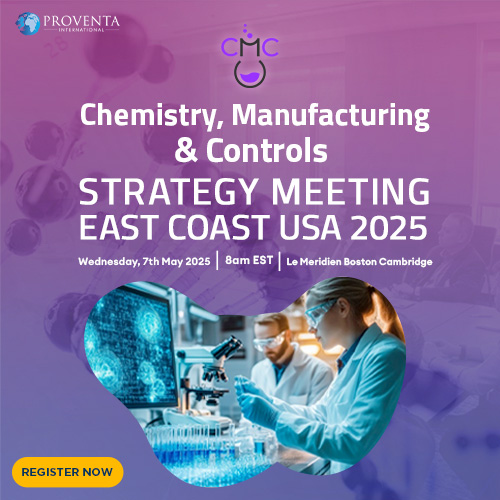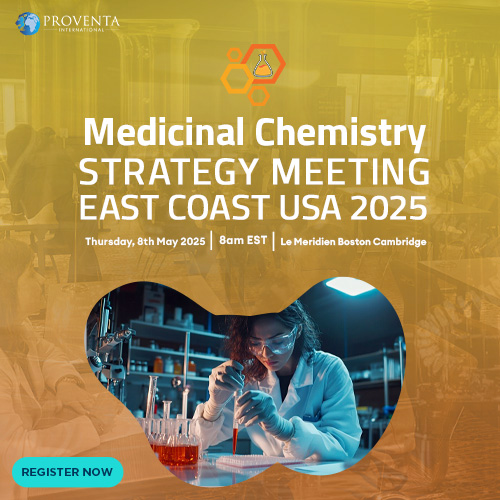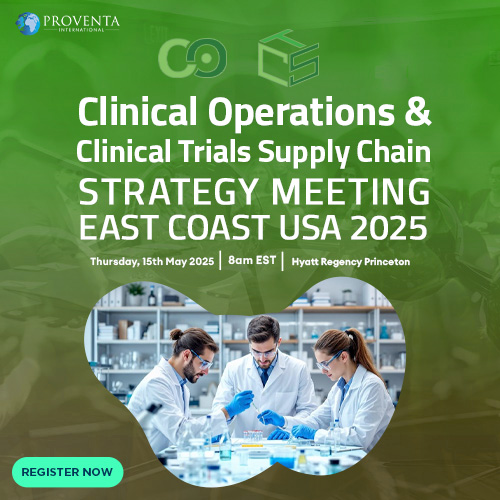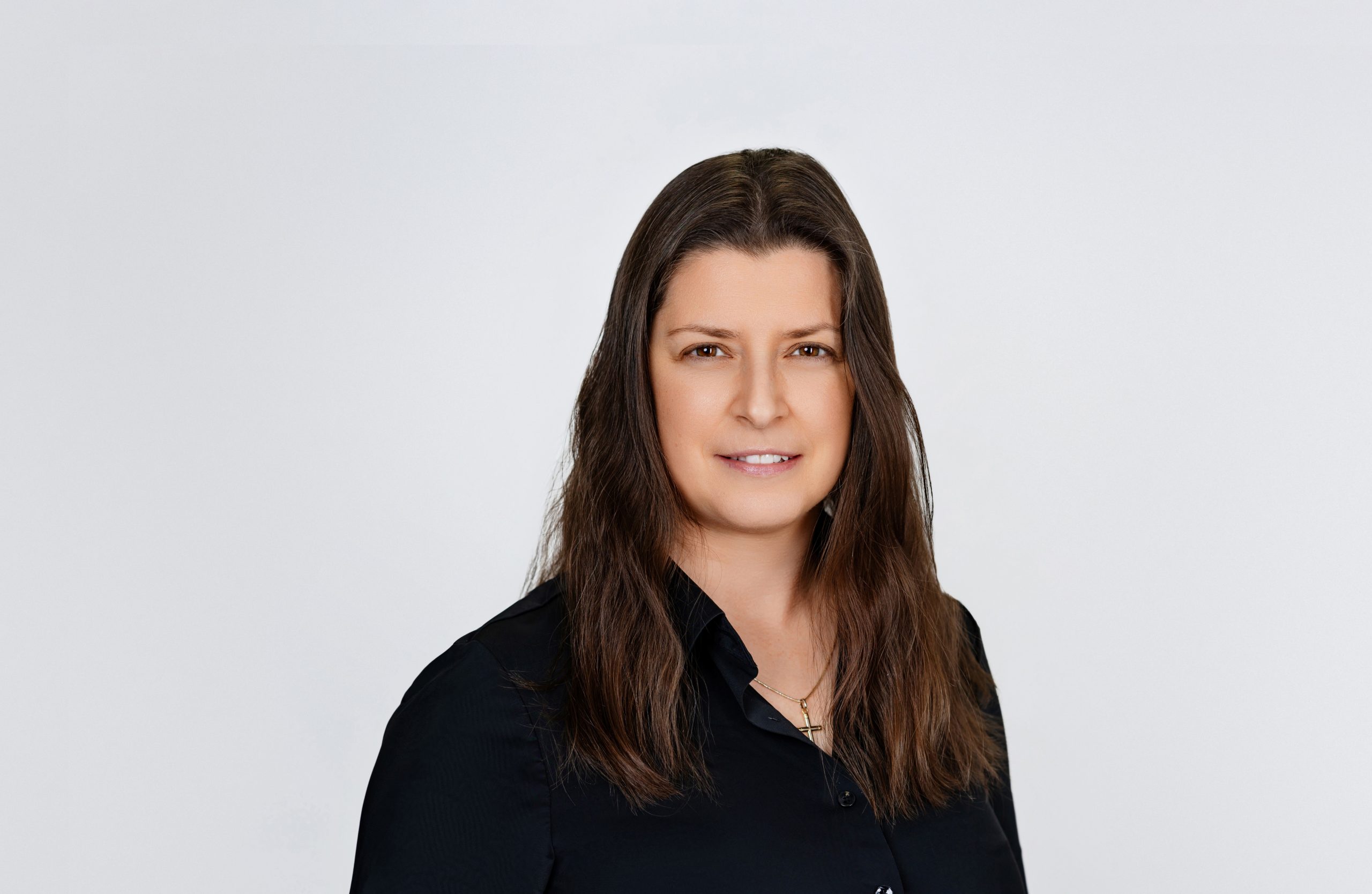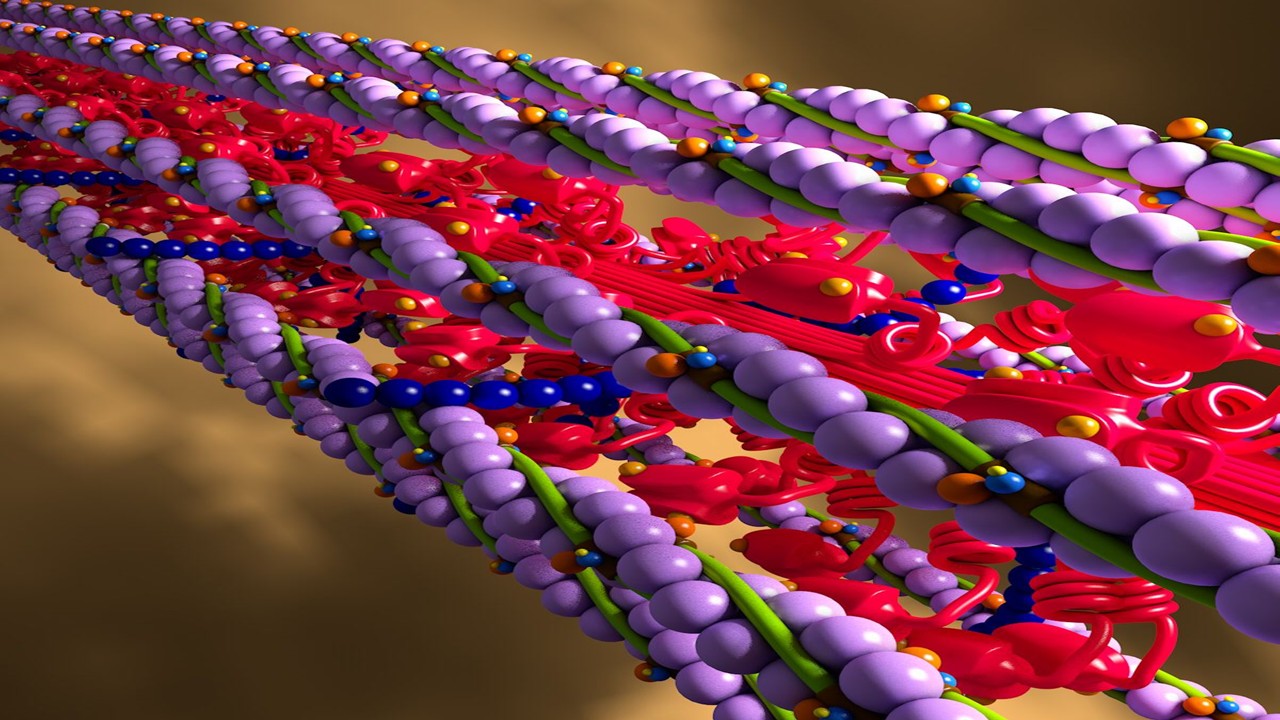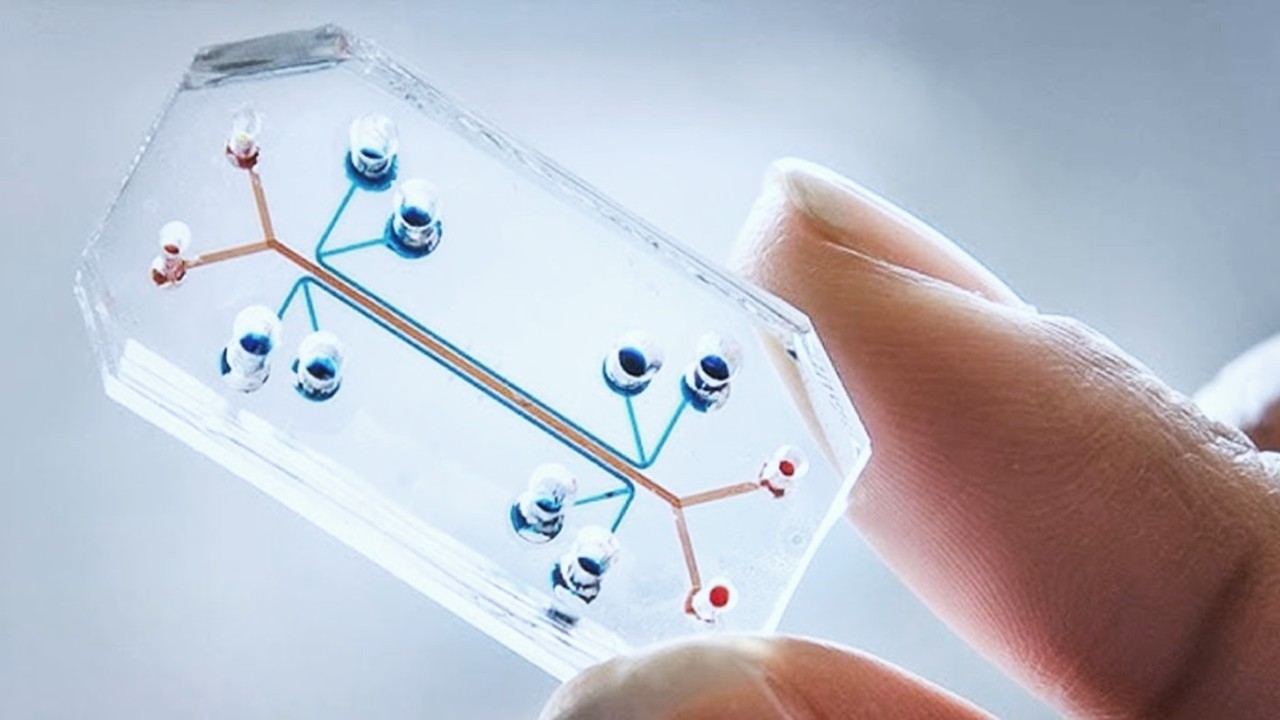About the Interviewee
Gregory Zarbis-Papastoitsis is the Chief Process and Manufacturing Officer at Ankyra Therapeutics.
Gregory Zarbis-Papastoitsis, Ph.D., serves as the Chief Process and Manufacturing Officer at Ankyra Therapeutics, an immuno-oncology company advancing novel intratumoral anchored cytokines currently in Phase 1 clinical trials. Dr. Zarbis-Papastoitsis holds a B.S. and Ph.D. in Biochemistry from Binghamton University, where his doctoral research focused on proteolytic enzymes in germinating soybean seeds. He completed postdoctoral studies at Boston University School of Medicine, investigating protease-mediated pathways in Alzheimer’s disease.
Dr. Zarbis-Papastoitsis brings over three decades of process and manufacturing leadership across the biotechnology and pharmaceutical sectors, having held senior roles at Compass Therapeutics, Eleven Biotherapeutics, PERCIVIA, and Syntonix Pharmaceuticals (now part of Biogen). At Compass Therapeutics, he oversaw all CMC functions and led the development of an anti-CD137 antibody currently in Phase 1/2 clinical trials. While at Eleven Biotherapeutics, he managed the development and GMP transfer of programs including Isunakinra (EBI-005) and EBI-031 (Vamikibart), the latter now in Phase 3 trials with Hoffmann-La Roche.
Earlier in his career, Dr. Zarbis-Papastoitsis was instrumental in designing and scaling commercial manufacturing processes for monoclonal antibodies, including the second-generation production platform for HUMIRA® during his time at Abbott Bioresearch Center. His work at Seragen contributed to the development of ONTAK®, a recombinant IL-2 fusion toxin approved for cutaneous T-cell lymphoma. He has also held roles at Millennium Pharmaceuticals, Ares Serono, and Repligen, contributing to preclinical, clinical, and commercial biologics programs, including antibody-drug conjugates, fusion proteins, and long-acting coagulation factors.
Throughout his career, Dr. Zarbis-Papastoitsis has demonstrated a commitment to innovation in bioprocess development, including early leadership in continuous manufacturing technologies as a scientific advisor to 4th Dimension Bioprocess (now part of National Resilience Inc.). At Ankyra Therapeutics, he is focused on building scalable, high-efficiency manufacturing platforms for novel immunotherapies while fostering a culture of technical rigor, scientific creativity, and cross-functional collaboration.
The Discussion
Journey to Chief Process and Manufacturing Officer at Ankyra Therapeutics
[Dex Marco]: It’s a pleasure to have you with us today, Dr. Papastoitsis. So Greg, your academic origins in proteolytic biochemistry, from your doctoral thesis on Protease K1 and the Kunitz Soybean Trypsin Inhibitor at Binghamton University to your postdoctoral Alzheimer’s research on amyloid precursor proteolysis at Boston University School of Medicine, how did this rigorous biochemical grounding inform your transition into bioprocess engineering and CMC leadership? Could you walk us through how your trajectory across protein science, formulation development, and regulatory insight led you to your current role at Ankyra Therapeutics?
[Gregory]: Throughout my work in academic institutions, I was deeply interested in the purification and characterization of proteins and the challenges that they present in maintaining stability and activity. As result my transition to the industry was a logical step in exploring my interests with therapeutic molecule projects.
Navigating the Strategic Divide: Outsourcing CMC in Large vs. Small Biotech
[Dex]: Outsourcing calculus often shifts dramatically depending on whether a company operates at big pharma scale or within an early-stage biotech framework. How do you differentiate the decision-making heuristics between large and small organizations when it comes to externalizing CMC functions, particularly in the context of control over QbD (Quality by Design) implementation and internal process tech translation?
[Greg]: Central to deciding whether to internalize or externalize manufacturing (CDMO) is available resources and expertise needed for a project which include, therapeutic area, product type and scale of manufacturing, process and analytical development capabilities, quality and regulatory experience, and capacity. Typically, a lot of these resources are available for large organizations with well-established clinical and commercial projects, although even these organizations are sometime limited by capacity and require external manufacturing organizations to satisfy drug demand (the COVID and GLP-1 meds provided such examples). Early-stage biotech companies are usually limited in expertise, experience, and capital to internalize manufacturing, while its more important for them to focus on the early development of their pipeline. In addition, small organizations have little experience in QbD and tech transfer and they often rely on consultants and CRO/CDMO organizations to implement these crucial elements of drug development.
Geographic Talent Pools and Specialized Expertise Across CDMO Networks
[Dex]: Locating and accessing niche expertise—such as viral vector purification or novel excipient compatibility modeling—can be geographically constrained. What methodologies or assessment criteria do you employ when selecting CDMOs in different regions to ensure the presence of scientifically trained personnel with direct experience in both upstream and downstream unit operations specific to your modality?
[Greg]: Understanding the specific needs of the project is very important for the successful selection of a CDMO, including technical requirements, quality infrastructure, regulatory landscape, supply chain, among others. Starting with a reasonable request for proposal and generating a list of CDMO attributes can help a lot with the selection of a proper CDMO. The request for proposal should include type of molecule and as much information of its properties, development and manufacturing requirements, including analytical needs, scale of production and number of clinical batches, and detailed timelines including when toxicology material and clinical material is required and of course projected time from DNA to IND filing. The CDMO evaluation list may include prior experience with similar projects, technical capabilities, process and analytical development expertise, regulatory support and inspection history, quality systems, program management, appropriate equipment, business model and stability, flexibility, and of course speed and cost.
Capital Avoidance Versus Innovation Ownership in CMC Pipelines
[Dex]: Reducing infrastructure burden is a core argument for outsourcing, but it may compromise on the iterative control required for complex formulations. How do you reconcile the financial efficiency of outsourcing with the necessity of retaining hands-on process optimization in the early development of platform-based biologics, and what KPIs do you monitor to maintain scientific sovereignty?
[Greg]: Optimally, during early development a phased approach is recommended. During the early stages critical expertise in process development such as key production and analytical steps, including formulation should be retained in house and appropriate intellectual property protection should be put in place. As a project matures and CDMO involvement is required because of process optimization and manufacturing needs, mature quality systems, the project is then transitioned to an outside organization and its progress is monitored based on performance metrics that include timelines, quality, cost. The outsourcing organization should maintain its vigilance on intellectual property something that can be interrogated during the master service agreement phase.
Establishing Trust: Ensuring Regulatory Maturity and Data Transparency in CDMOs
[Dex]: CMC outsourcing is only as good as the CDMO’s compliance culture. Could you elaborate on the benchmarking framework or audit models you apply to evaluate CDMOs for their capability in ensuring data integrity, regulatory readiness for IND/CTA submissions, and adherence to evolving ICH Q12 guidelines on lifecycle management?
[Greg]: A detailed audit on regulatory and data integrity should assess the type of internal systems that a CDMO organization has in place, how do they compare to industry standards, and their performance under previous regulatory scrutiny. The audits may include both Site Visits and Virtual/Review of facilities, equipment and personnel, documents such as training programs, standard operating procedures, data integrity assessment, history of regulatory submissions and responses, number and type of deviations and turnaround time, responses to audit questions.
Orchestrating Timelines Amid Biosecurity, Supply Chain, and Political Volatility
[Dex]: Global CMC strategies increasingly face disruption from biosecurity regulations (e.g., DSCSA, Biosecure Act), customs bottlenecks, and geopolitical instability. How do you proactively integrate risk mitigation into CDMO selection and project scoping, especially when planning for redundant sourcing, cold-chain logistics, or dual-release site validation?
[Greg]: Outsourcing and Supply chain is facing increased challenges during the last few years with renewed focus and uncertainty in requirements for domestic manufacturing and tariffs. While most of the focus is on late-stage development and drugs that are near commercialization (or already commercialized), these concerns also affect smaller organizations as they plan their clinical programs, and potential partnerships. During early clinical development it’s important to understand where the clinical trials are going to be conducted and focus production and supply chain primarily in these geographies whether it is US, Europe, Asia, or South America. Building contingency plans, such as identifying multiple options in CDMO and related sourcing options may ameliorate some of the risks, as well as employing manufacturing processes and procedures that comply with multiple regulatory authorities. Additionally, building robust cold-chain logistics protocols can be crucial in maintaining the stability and integrity of products especially modalities that are vulnerable to environmental conditions.
Managing IP Leakage and Technology Transfer Fidelity Across CDMOs
[Dex]: One under-discussed risk of outsourcing is the inadvertent diffusion of proprietary knowledge during tech transfer phases. How do you mitigate intellectual property leakage while ensuring high-fidelity replication of Ankyra’s internal process parameters at outsourced sites—particularly in cases involving proprietary delivery platforms or specialized nanoparticle formulations?
[Greg]: It is important to secure intellectual property early on with patents on the molecule and its use (use patents), as well as the methods of manufacturing and formulation (process patents). Starting with comprehensive non-disclosure agreements, continuing with clearly delineated and enforceable intellectual property ownership in contracts. Additionally, selection of CDMO and CRO organizations with established record of maintaining intellectual property integrity is of the outmost importance. One overlooked property during selection of a CDMO is personnel turn-over, which if high, puts at risk intellectual property.
Process Variability and Analytical Drift in Multisite Outsourcing Models
[Dex Marco]: Batch-to-batch variability is already a challenge within a single facility—but magnified across multiple CDMOs. What analytical comparability protocols or real-time release testing strategies do you use to calibrate inter-site variability, and how do you statistically harmonize assay drift, retention time shifts, or bioassay signal inconsistencies across outsourced analytical labs?
[Greg]: The success of comparability programs depends on the product knowledge including critical product quality attributes (cPQA) and the state of the analytical assays. Ankyra is routinely employing comparability protocols as well as monitoring of key assay performance. In addition, long term stability programs on both engineering and GMP batches provide further insight on potential batch to batch variabilities. The comparability programs include both release and extended characterization studies which include examination of the secondary and tertiary structure of the molecule, binding characteristics, and monitoring of other product liabilities (i.e., oxidation, deamidation, exposure to light). The suitability of key assays is evaluated on an annual basis as well as the acceptance criteria which is typically tightened with additional manufacturing experience.
Future Perspectives: Redefining the CMC Outsourcing Paradigm
[Dex Marco]: Dr. Papastoitsis, as Chief Process and Manufacturing Officer at Ankyra Therapeutics, where do you see the outsourcing model evolving over the next decade? With advances in AI-driven predictive batch analytics, digital twins for formulation modeling, and decentralized GMP facilities, do you foresee a shift in the CMC outsourcing paradigm—or will hybrid insourcing remain the optimal model for complex biologics?
[Greg]: I expect AI-driven and Digital twins to increase their contribution in the design of the molecules, process development and manufacturing activities. At the same time incorporation of these cutting-edge technologies will also be modulated due to cost considerations and urgency of CDMO organizations to employee them. As a result, the hybrid model will continue to play a pivotal role as it involves both insourcing activities and more efficient management of pipelines, and outsourcing of capital-intensive activities such as manufacturing and quality systems.
Engr. Dex Marco Tiu Guibelondo, B.Sc. Pharm, R.Ph., B.Sc. CpE
Editor-in-Chief, PharmaFEATURES
Join Proventa International’s Chemistry, Manufacturing, and Controls Strategy Meeting at Le Meridien Boston, Cambridge, Massachusetts on the 7th of May 2025 to learn more about Ankyra Therapeutics.
Subscribe
to get our
LATEST NEWS
Related Posts
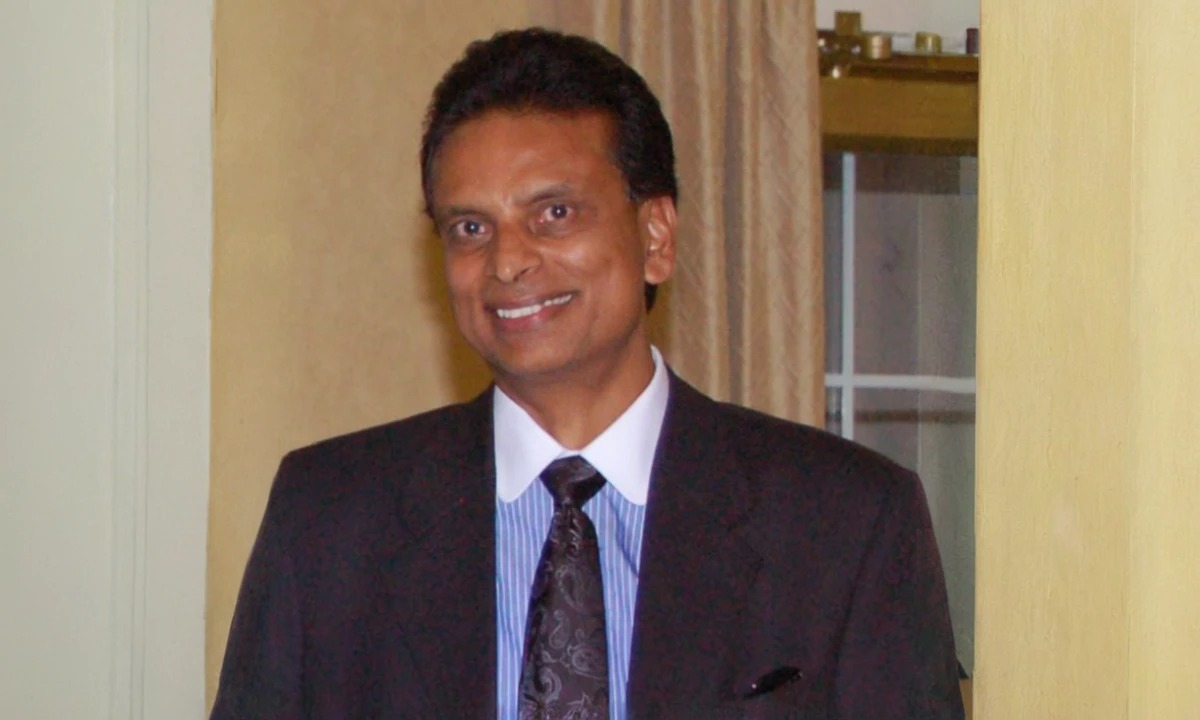
Interviews
Harmonizing Biologics Transfer: Global Regulatory Strategy, Compliance Best Practices, and Operational Alignment with Gopi Vudathala, Incyte Corporation
About the Interviewee Gopi Vudathala is the Global Head of Regulatory Affairs and Chemistry, Manufacturing and Controls at Incyte Corporation. Gopi Vudathala, Ph.D., serves as the Global Head of Regulatory Affairs and Chemistry, Manufacturing and Controls (CMC) at Incyte Corporation, a biopharmaceutical company dedicated to the discovery, development, and commercialization of proprietary therapeutics across oncology […]
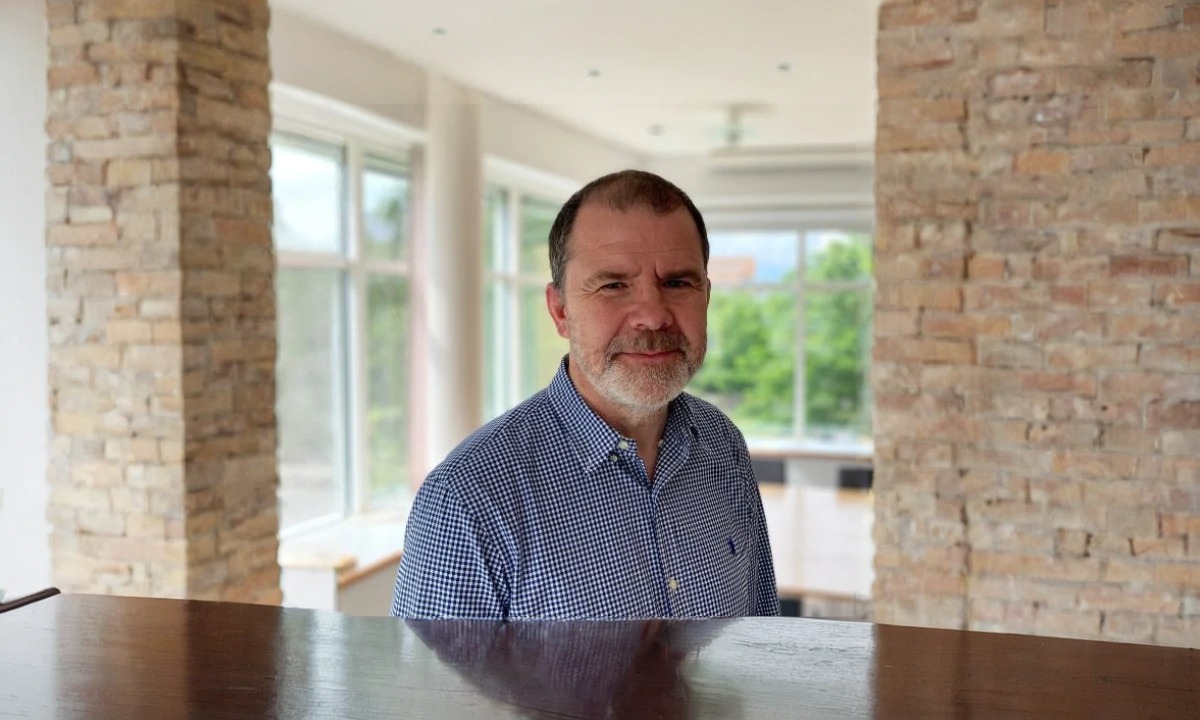
Interviews
Redefining the Analytical Frontiers of Peptide Science: Innovations Shaping the Next Generation of Therapeutics with Johan Evenäs, RG Discovery
About the Interviewee Johan Evenäs is the Chief Executive Officer at RG Discovery. Johan Evenäs, Ph.D., serves as the Chief Executive Officer of RG Discovery, a life sciences company based in Lund, Sweden, specializing in drug discovery solutions including medicinal chemistry, fragment-based lead discovery, and advanced analytical services. Dr. Evenäs holds an M.Sc. in Chemical […]

Interviews
Enhancing Analytical Method Development: Supporting Cohesive CMC Integration Across Drug Lifecycle Management with Seshu Tyagarajan, Candel Therapeutics
About the Interviewee Seshu Tyagaran is the Chief Technical and Development Officer at Candel Therapeutics. Seshu Tyagarajan, Ph.D., serves as the Chief Technical and Development Officer at Candel Therapeutics, where she leads global technical operations across chemistry, manufacturing, and controls (CMC), driving the clinical and commercial advancement of novel oncolytic viral immunotherapies. With over two […]
Read More Articles
Myosin’s Molecular Toggle: How Dimerization of the Globular Tail Domain Controls the Motor Function of Myo5a
Myo5a exists in either an inhibited, triangulated rest or an extended, motile activation, each conformation dictated by the interplay between the GTD and its surroundings.
Designing Better Sugar Stoppers: Engineering Selective α-Glucosidase Inhibitors via Fragment-Based Dynamic Chemistry
One of the most pressing challenges in anti-diabetic therapy is reducing the unpleasant and often debilitating gastrointestinal side effects that accompany α-amylase inhibition.

